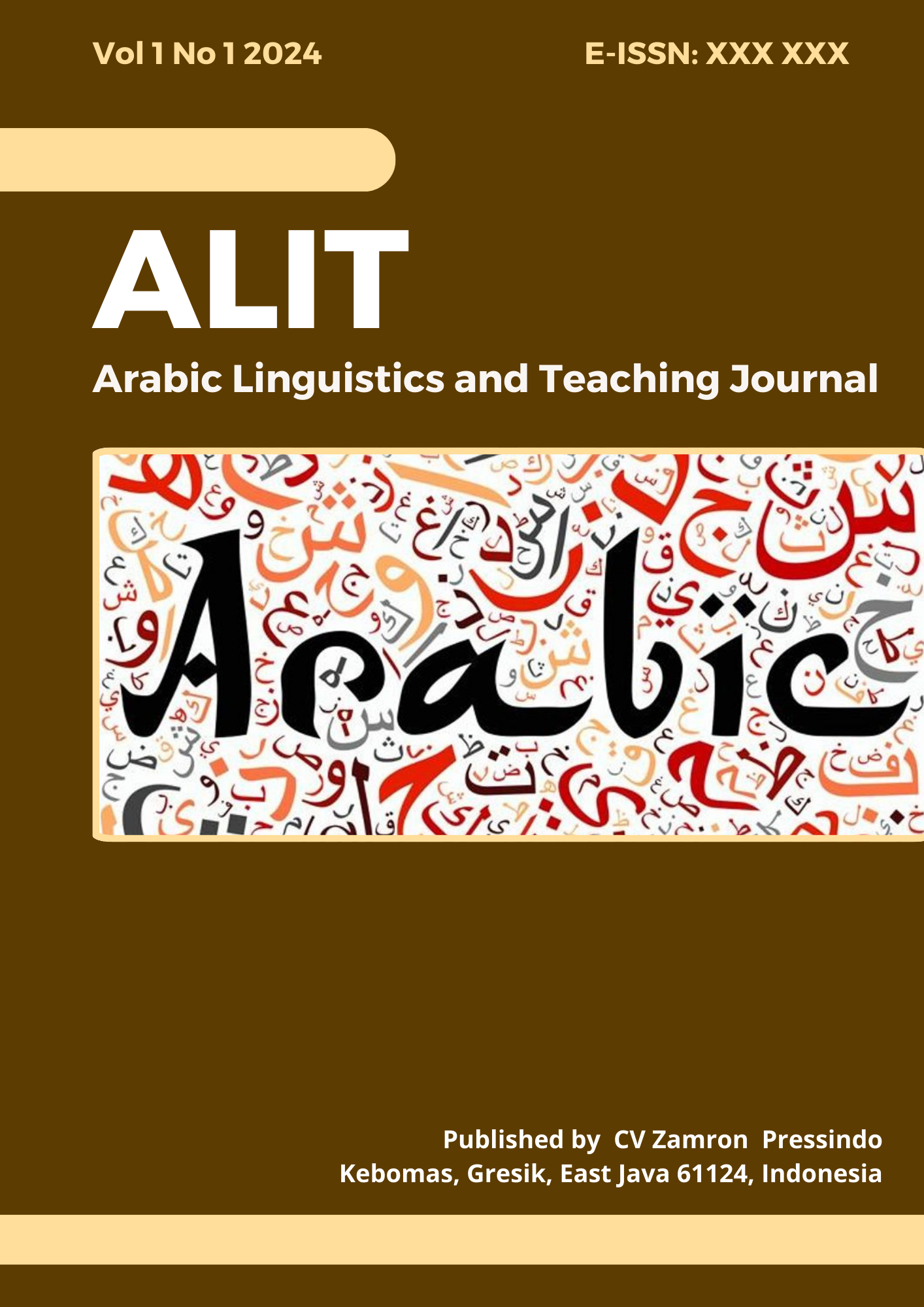Analysis of Nahwu Materials in the Book of Al-Jurumiyah
Keywords:
Al-Jurumiyah, Nahwu, contemporary learning, classical texts, modern relevance.Abstract
Purpose–The book Al-Jurumiyah is one of the classical texts that serves as a fundamental foundation in the study of Nahwu (Arabic grammar). In the era of modern education, it is essential to analyze the systematic structure, strengths, weaknesses, and relevance of this book. This study aims to explore the structure of Nahwu materials in Al-Jurumiyah, identify its strengths and weaknesses, and assess its relevance to contemporary learning contexts. Design/methods/approach – This research employs a library research method with a descriptive and critical analytical approach to the content of Al-Jurumiyah, complemented by comparisons with the theories of other Nahwu scholars. Findings – The findings reveal that Al-Jurumiyah excels in its simplicity and systematic presentation, making it suitable for beginners. However, it is limited by the lack of contextual examples and its inability to fully address the needs of modern communication. The study also highlights that this book remains relevant when integrated with educational technologies and more adaptive contextual approaches. Research implications/limitations– The research implications suggest that integrating classical texts with modern media can enhance the effectiveness of Nahwu learning. Originality/value –The originality of this study lies in its in-depth analysis of the relevance of Al-Jurumiyah to contemporary learning, along with strategic recommendations for its innovative utilization.
Downloads
References
Anwar, M. (2023). Penerapan Teknologi dalam Pembelajaran Bahasa Arab di Era Digital. Jurnal Pendidikan Bahasa Arab, 10(2), 45-58.
Ash-Shanhaji, M. bin D. (2005). Matan Al-Jurumiyah. Beirut: Darul Kutub Al-Ilmiyah.
Harahap, S., & Zainuddin, M. (2022). Efektivitas Kitab Al-Jurumiyah sebagai Teks Dasar dalam Pembelajaran Nahwu. Jurnal Studi Islam, 15(1), 78-89.
Rahmawati, D. (2023). Kajian Sistematisasi Materi Nahwu dalam Kitab Klasik. Jurnal Ilmu Pendidikan Islam, 8(3), 123-135.
Al-Suyuthi, J. (2010). Hasyiyah As-Suyuthi 'ala Syarh Al-Imrithi. Cairo: Maktabah Al-Azhariyah.
Suryani, N. (2023). Integrasi Media Digital dalam Pengajaran Kitab Klasik Nahwu. Jurnal Teknologi Pendidikan Islam, 12(4), 95-108.
Hasan, A. (2019). Metode Pengajaran Bahasa Arab: Tradisional dan Modern. Jakarta: Pustaka Islam.
Widodo, E. S. (2020). Warisan Keilmuan Islam dalam Perspektif Pendidikan Bahasa Arab. Bandung: Mizan Media Utama.
Ali, F. (2018). Al-Jurumiyah: Relevansi dalam Kurikulum Bahasa Arab Modern. Jurnal Bahasa Arab dan Keilmuan Islam, 9(2), 102-116.
Badawi, A. (2005). Nahwu Dasar untuk Pemula. Riyadh: Dar Al-Hidayah.
Scribd. (2014). Matan Al-Jurumiyah. Retrieved from https://www.scribd.com/doc/201687532/Matan-Jurumiyah
Zubair, M. (2021). Pendekatan Kontekstual dalam Pengajaran Nahwu. Jurnal Linguistik dan Sastra Arab, 5(1), 50-65.
Al-Jurjani, A. (2010). Kaedah Dasar Nahwu: Kajian Komparatif. Damascus: Darul Fikr.
Amin, S. (2017). Ilmu Nahwu dan Implementasinya dalam Pendidikan Kontemporer. Medan: Penerbit UIN Press.
Malik, A. (2020). Tradisi Ilmu Nahwu di Dunia Islam. Malang: Universitas Negeri Malang Press.
Farid, T. (2019). Kitab Al-Jurumiyah sebagai Dasar Tata Bahasa Arab. Jurnal Pendidikan dan Studi Islam, 7(2), 90-104.
Ahmad, M. (2018). Kontribusi Kitab Klasik dalam Pembelajaran Bahasa Arab. Surabaya: Pustaka Jaya.
Karim, R. (2020). Pendekatan Modern dalam Pengajaran Kitab Klasik Nahwu. Jurnal Pendidikan Islam Modern, 6(3), 55-70.
Yusuf, H. (2019). Pemanfaatan Teknologi dalam Pendidikan Bahasa Arab. Journal of Arabic Education, 4(1), 25-40.
Saifuddin, M. (2022). Nahwu: Fondasi Ilmu Bahasa Arab. Jakarta: Darul Ilmi.










